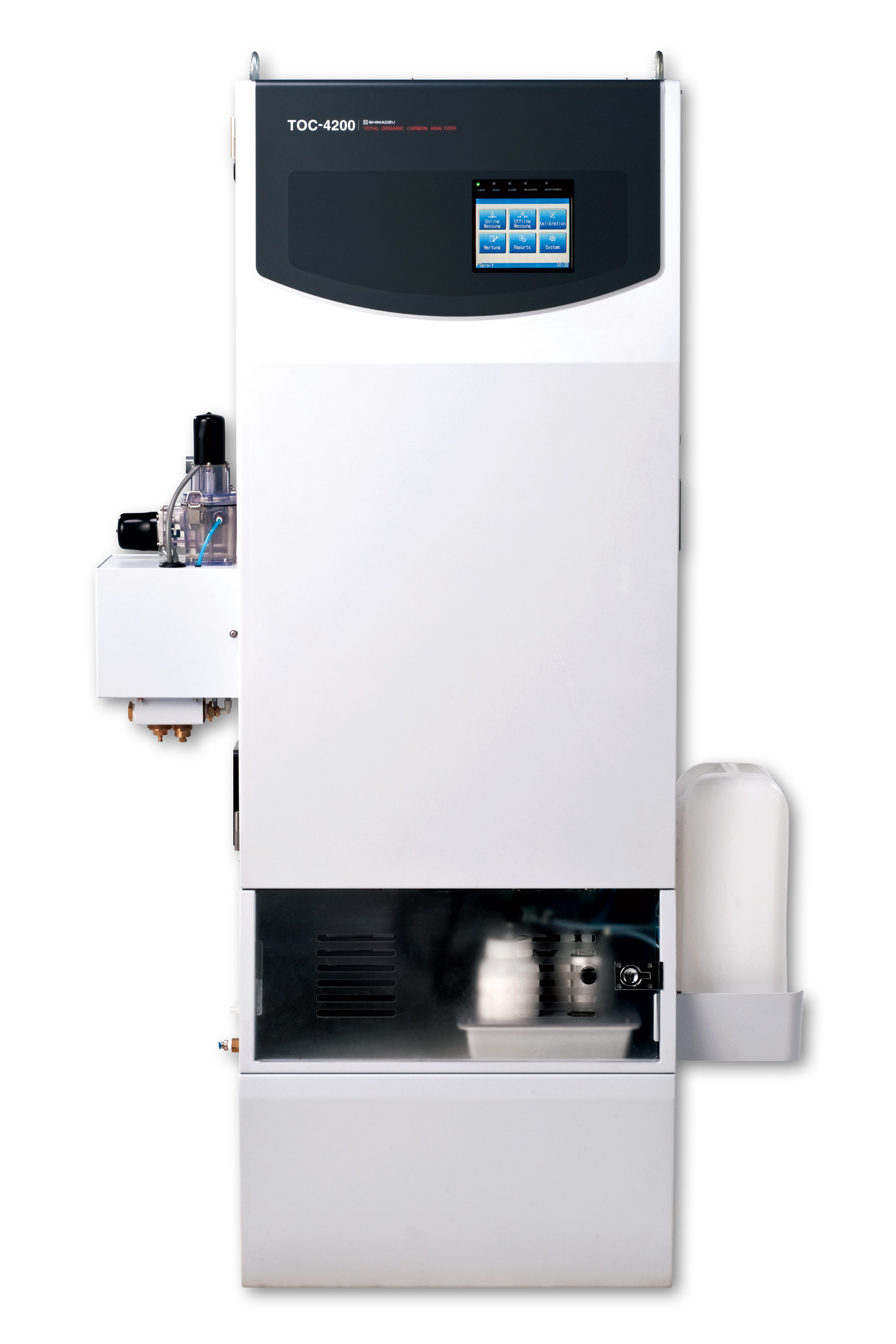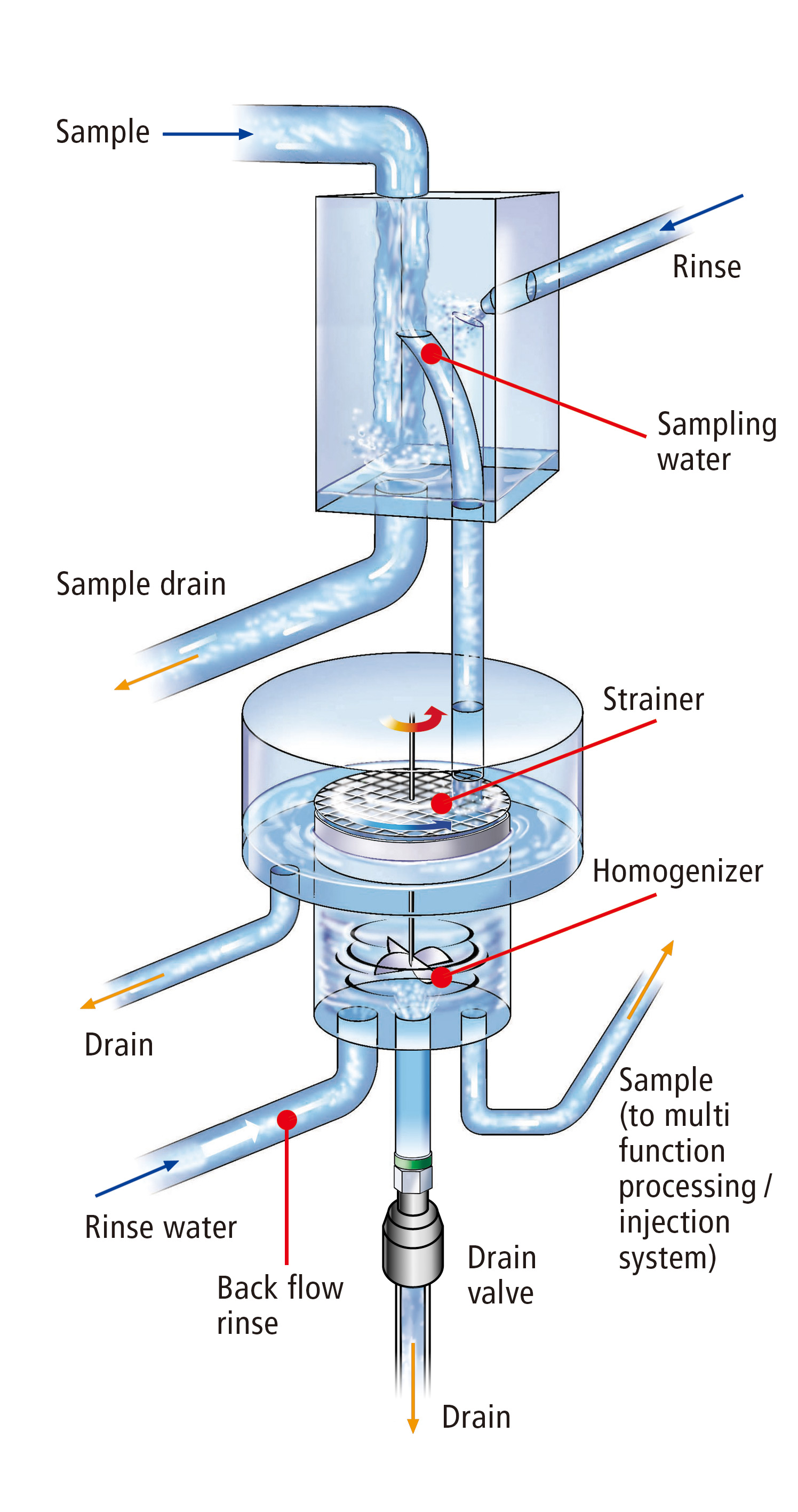Long winter period pollutes airport wastewaters
Efficient monitoring by online-TOC prevents environmental damage

The long frosty period during last winter had an impact on airports. In extreme cases, heavy snowfall resulted in grounding of all air traffic when plowing services were not able to clear the runways. The frigid temperatures, however, left further ‘traces.’
Ice and snow on the wings of airplanes increase their total weight and have a negative impact on their aerodynamics. For reasons of safety, airplanes need to be de-iced just before they are ready for takeoff. The de-icing agent that is most frequently used is a mixture of water, glycol and additives. The exact composition depends, among other things, on the outside temperature.
TOC monitors the organic load of wastewater
After spraying the airplanes, the de-icing agent enters the sewage system where it leads to a significant increase of the organic load. Even when the agent used is biodegradable, the effluents must be subjected to a controlled treatment process. For the airport operator, it is therefore important to know the organic load of the airport’s wastewater. The TOC sum parameter has been well established as an assessment parameter for wastewater analysis.
TOC (Total Organic Carbon) is a measure of the concentration of organically bound carbon and therefore reflects the pollution level of organic substances in wastewater. Depending on the use of the de-icing agent, the TOC values can fluctuate significantly.
Continuous online NPOC monitoring
Of course, one rarely finds an airport that includes a laboratory staffed with laboratory technicians, so an analysis system is needed that can monitor the organic carbon pollution level continuously while operating under maintenance-free and relatively autonomous conditions.
Important for TOC determination is the differentiation between organic and inorganic carbon. Carbonates and hydrogen carbonates are, after all, present in all natural waters. The most widely used method for TOC determination is the so-called NPOC method. In this method, the sample is acidified to convert the carbonates and hydrogen carbonates present in the sample to CO2. The resulting carbon dioxide is subsequently purged using a gas stream passed through the sample.
 Figure 1: TOC-4200
Figure 1: TOC-4200
Tried and tested and powerful – the TOC-4200
The TOC-4200 process analyzer is predestined for this application. The TOC-4200 is a powerful analyzer that uses catalytic combustion at 680 °C. After the analyzer has automatically removed the inorganic carbon, a sub-quantity is injected onto a hot (680 °C) platinum catalyst. Here, all organic components present are oxidized to carbon dioxide. The resulting CO2 is transported by a carrier gas stream to a highly sensitive and CO2 selective NDIR detector, where it is measured. The TOC concentration is calculated using an external calibration.
The integrated dilution function enables TOC analyses up to 20,000 mg/L as well as automatic sample dilution when the measuring range is exceeded.
The measured value is transmitted directly to a control room that initiates suitable measures when a threshold value is exceeded. The analyzer can also take direct action. For example, a slider can be closed automatically to prevent the discharge of contaminated water into watercourses or stagnant water bodies.
Multiple sample streams in one instrument
An airport may have several separate wastewater collection systems. In this case, multiple sample streams must be measured using one instrument, requiring the use of a multi-stream sampler (see figure 2). The sample is passed through a strainer and reaches the sample chamber where it is homogenized using a rotating knife before being transferred to the instrument for further analysis. In this way, even samples containing large amounts of particulate matter can be measured without any problems. After sampling, the chamber and strainer are cleaned with rinsing water. The rinsing water prevents carry-over effects when switching sample streams. The measuring parameter can be selected individually for each sample stream. In addition, the user can freely select the sequence by which the sample streams are to be measured.
 Figure 2: Multi-stream sampler
Figure 2: Multi-stream sampler
The automatic dilution function, the self-calibration check and the optimized sampling process allow virtually independent operation of the instrument at the airport. Numerous alarm and status signals simplify detection of exceeded threshold values or indicate maintenance requirements. In addition to the conventional possibilities, Modbus communication is available. An optional web browser enables access to the instrument from any networked computer. This makes the TOC-4200 the ideal instrument for continuous TOC determination of wastewater streams at airports, especially during the winter period.